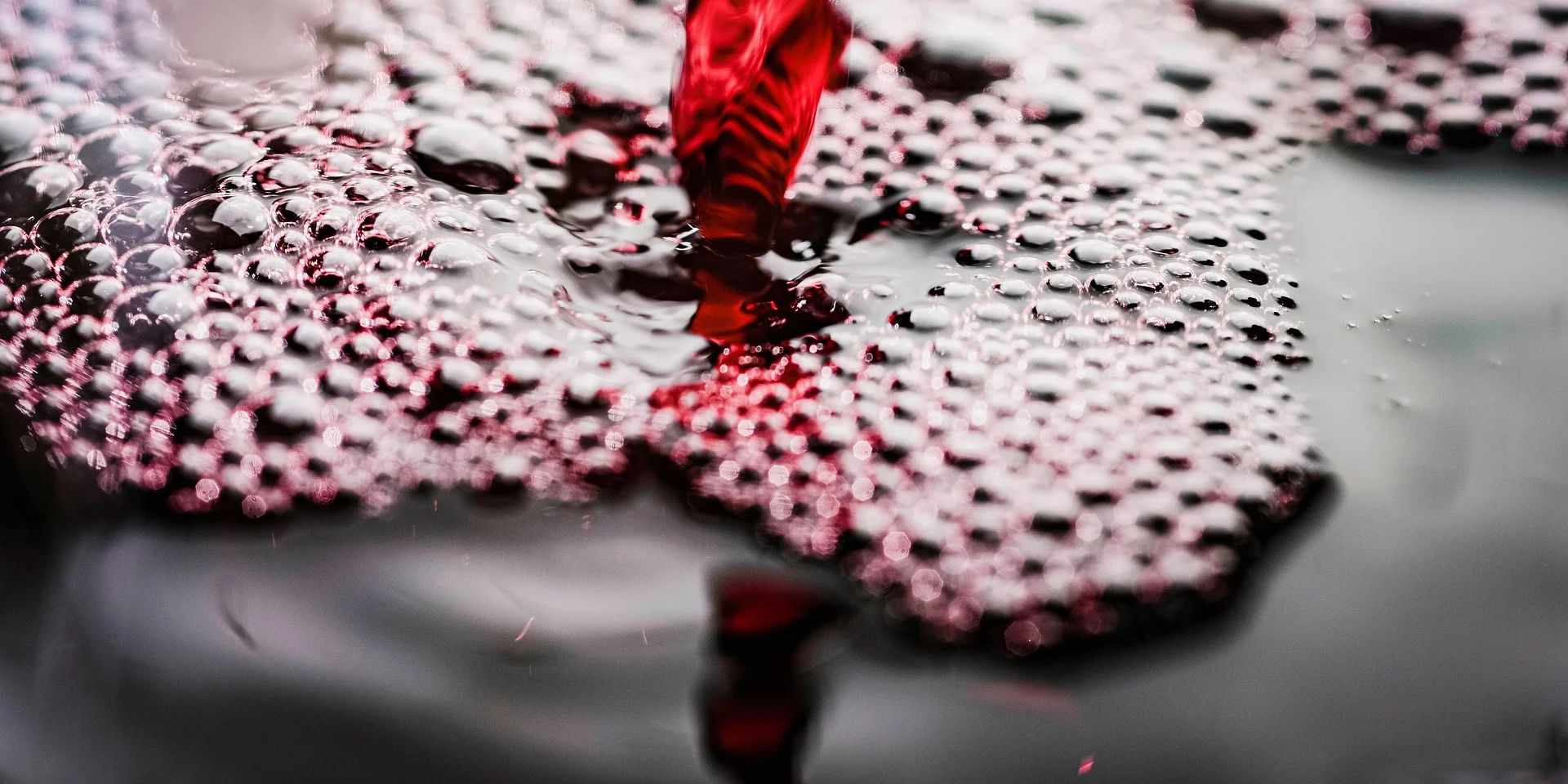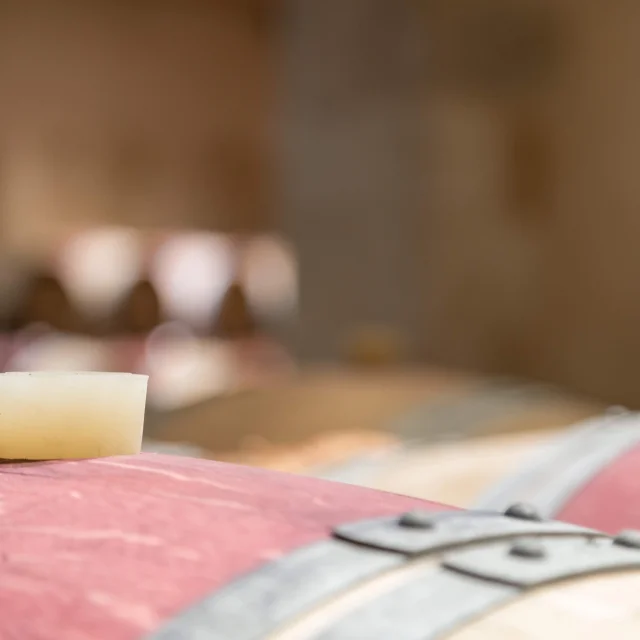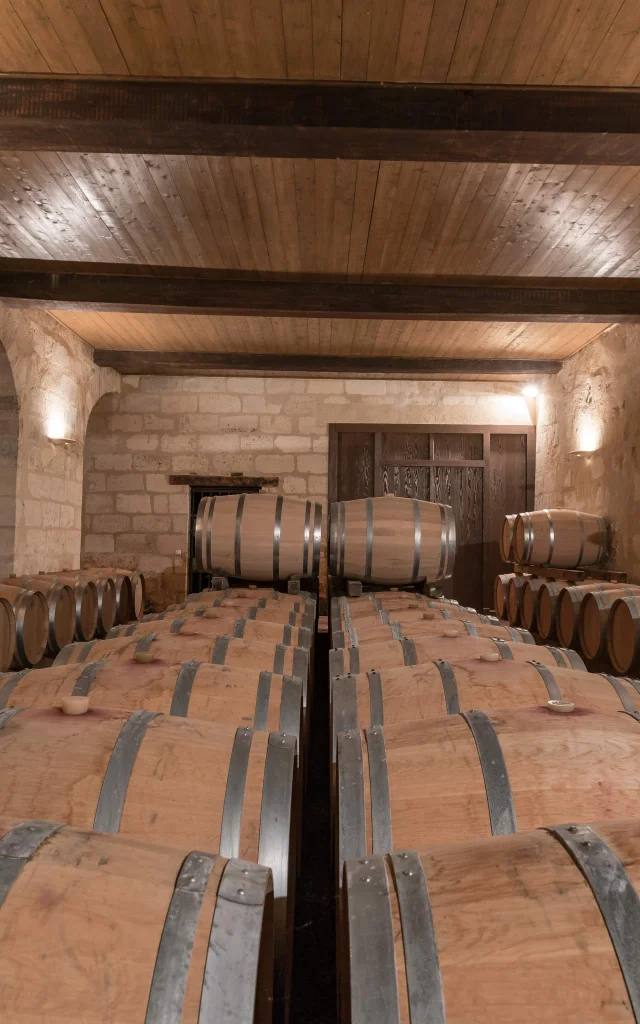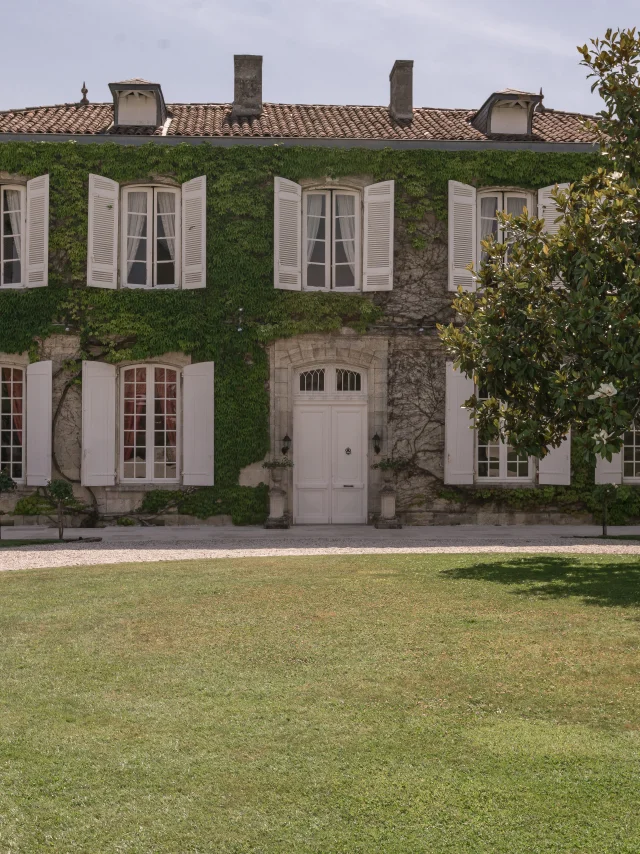 Wine tasting at Margaux Médoc Tourisme
Wine tasting at Margaux Médoc Tourisme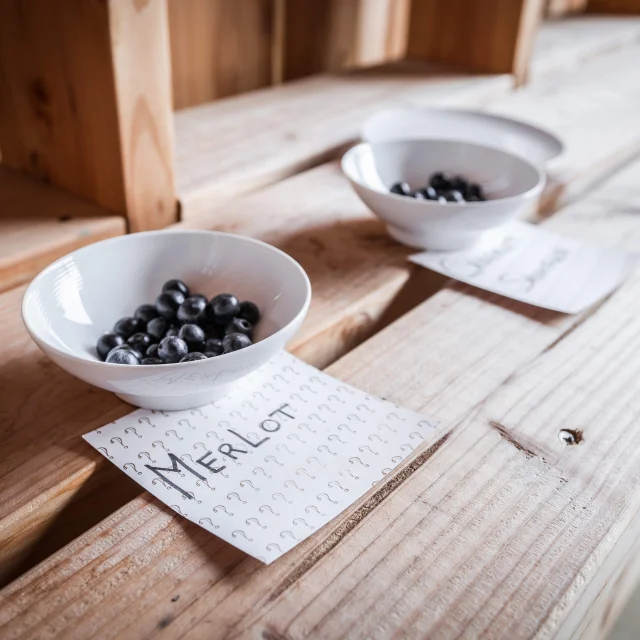 Château Lamothe Bergeron
Château Lamothe BergeronWhere does the colour of wine come from?
The colour of wine does not come from the pulp of the grape – which is generally white – but from the skin. It is the pigments in the grape skin that, by macerating with the juice, give the wine its colour. And it all depends on the grape variety, the maceration time, and the winemaker’s expertise.
Red wine
This is the star of the Médoc. Obtained from black grape varieties (often Merlot, Cabernet Sauvignon, Cabernet Franc), red wine is made by fermentation with the skin and pips, which give it body, colour and tannins.
In the Médoc, reds are powerful, elegant, deep… and sometimes capable of ageing for decades.
The rosé
Made from black grapes, like the red, but with a very short maceration, the rosé is distinguished by its freshness, lightness and pretty colour that ranges from pale pink to raspberry. Perfect for summer aperitifs, it’s the perfect wine for conviviality!
White wine
Made from white or black grapes vinified without contact with the skins, white wine comes in dry, sweet or syrupy varieties. Although the Médoc is world-famous for its reds, some estates offer confidential whites that are often lively and aromatic, perfect for surprising.
The “blanc de noirs”
It’s a white wine… made with black grapes! Thanks to a quick, direct pressing, a clear juice is extracted before the pigments in the skins have time to colour the wine. This process is widely used in Champagne, but it also exists in still wines.
